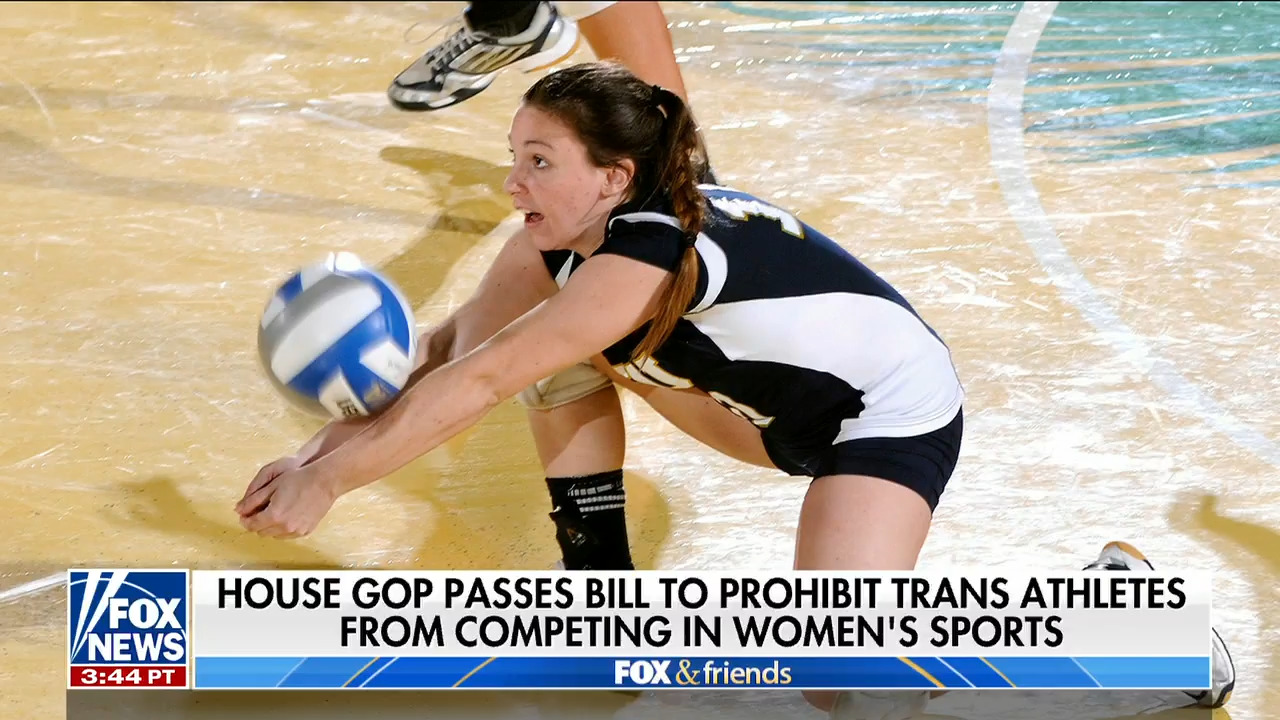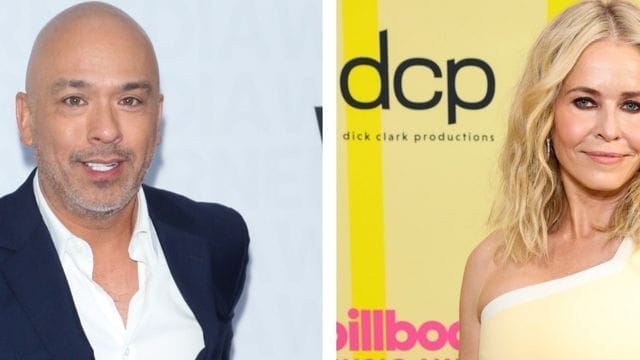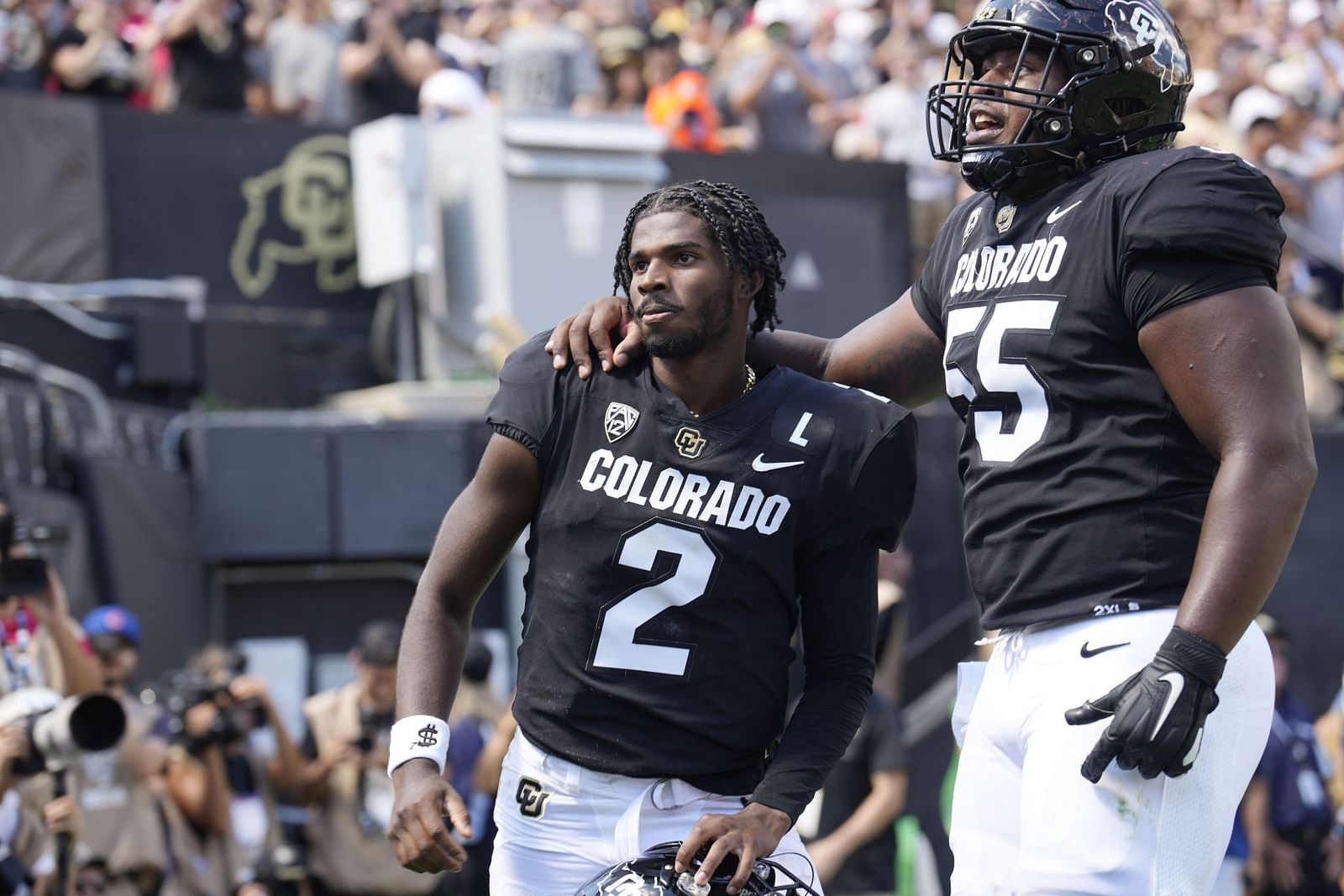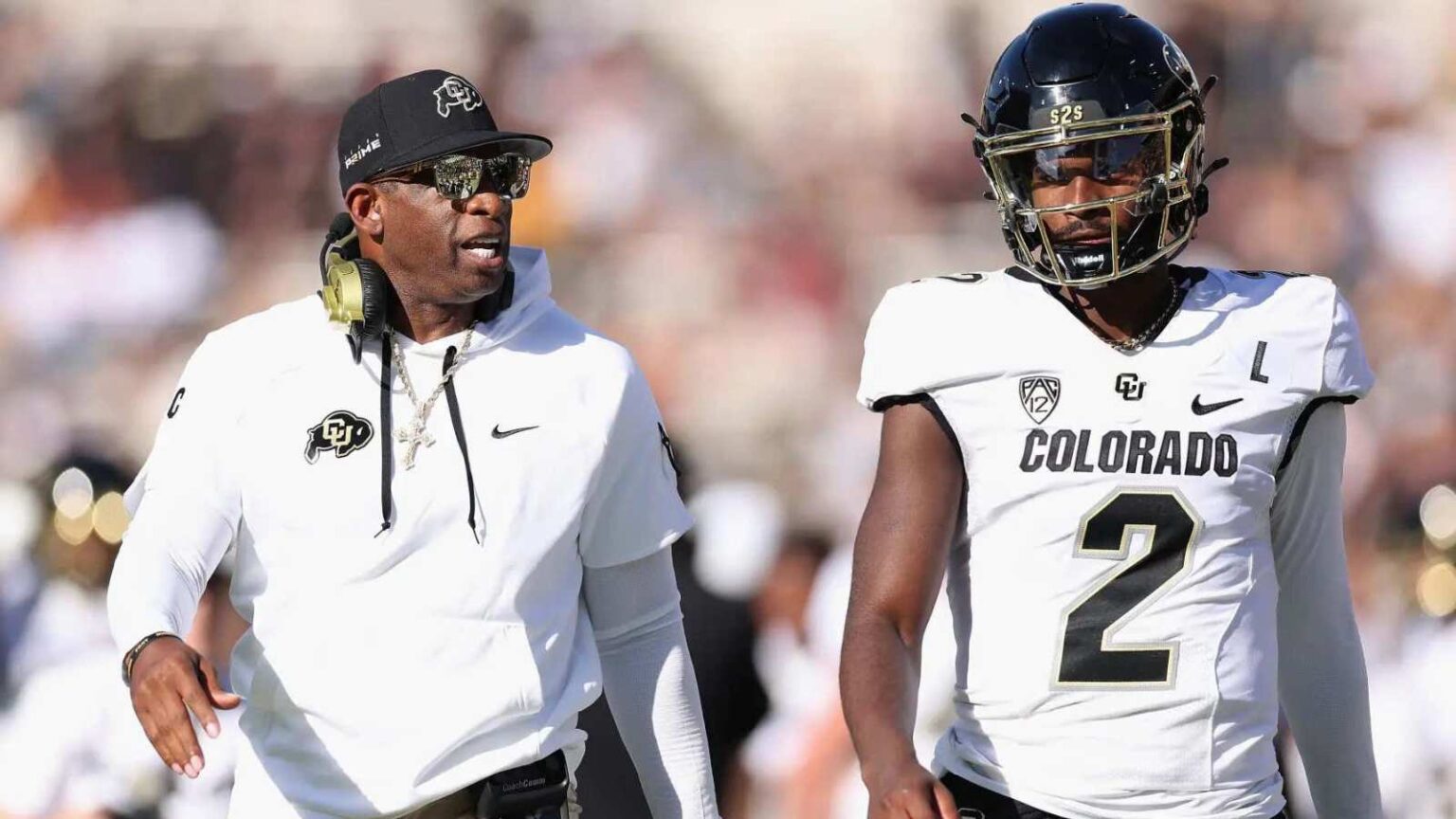Gavin Newsom's Stance On Trans Athletes: A Deeply Unfair Policy?

Table of Contents
Newsom's Policy and its Core Tenets
Governor Newsom's stance on transgender athletes participation in school and collegiate sports hasn't taken the form of a single, sweeping policy. Instead, his administration has largely reacted to and influenced existing legislation and guidelines, primarily focusing on the application and interpretation of existing Title IX regulations within California's educational system. This means the specifics are multifaceted and evolve with ongoing legal challenges and interpretations.
- Specifics of current legislation/guidelines: Newsom's administration hasn't introduced specific legislation explicitly targeting transgender athletes' participation. The focus has been on ensuring compliance with existing federal and state laws, particularly Title IX, which prohibits sex-based discrimination in education programs. This means the implementation is interpreted and applied at the local level by school districts and athletic organizations.
- Key criteria used to determine eligibility: Eligibility criteria vary depending on the specific governing body (e.g., the California Interscholastic Federation (CIF) for high school sports). While there’s no single statewide standard, many organizations rely on hormone level guidelines and/or medical evaluations to determine eligibility. These guidelines are often adapted from national collegiate organizations, though variations exist.
- Exemptions or special considerations: Exemptions or special considerations may exist on a case-by-case basis, particularly in regards to younger transgender athletes or those undergoing transition. These decisions are often made at the local level and can lack consistency across the state.
- Governing bodies involved: Key governing bodies impacting this issue include the CIF, the California Community College Athletic Association (CCCAA), and the NCAA (at the collegiate level). Each has its own guidelines, contributing to the complexity of the overall situation.
Arguments in Favor of Newsom's (Implicit) Stance
Arguments supporting the stricter application of existing regulations often center on the principle of fair play and the preservation of women's sports.
- Concerns about biological differences: Proponents argue that inherent biological differences between males and females can create competitive advantages for transgender women in sports, potentially diminishing opportunities for cisgender women. This argument often cites studies comparing muscle mass, bone density, and lung capacity between the sexes.
- Maintaining fair playing fields for cisgender female athletes: A core concern is ensuring fair competition and equal opportunities for cisgender female athletes. Supporters believe that inclusive policies that don't adequately address biological differences could effectively undermine the progress made in women's sports.
- Cited research and studies: Research supporting this perspective often focuses on physiological differences and their impact on athletic performance. However, the scientific consensus on the extent of these advantages and their impact on competition is not unanimous.
- Title IX protections: Proponents argue that maintaining a level playing field for cisgender women is crucial for upholding Title IX protections and ensuring equal opportunities in sports for all genders.
Arguments Against Newsom's (Implicit) Stance
Critics of the stricter application of regulations argue that it is discriminatory and harmful to transgender youth.
- Impact on transgender athletes' mental and physical health: Opponents emphasize the psychological and emotional toll of exclusion from sports participation. The exclusion can reinforce feelings of isolation, impacting self-esteem and mental well-being.
- Discriminatory nature of exclusion: Critics view the exclusion of transgender individuals from sports as a form of discrimination, violating their rights to participate in activities enjoyed by their cisgender peers.
- Importance of inclusion and equal opportunities: Advocates for transgender athletes highlight the importance of inclusion and equal access to sports for all, regardless of gender identity. They argue that participation in sports offers significant benefits to mental and physical health for all youth.
- Counter-research and studies: Studies questioning the extent of competitive advantages for transgender women are also cited. These studies highlight the variability in individual differences and the limitations of relying solely on biological factors to determine eligibility.
Legal and Ethical Implications
Newsom's implicit stance on transgender athletes participation faces significant legal and ethical challenges.
- Potential legal challenges based on discrimination laws: Legal challenges based on discrimination laws, such as Title IX and state-level anti-discrimination statutes, are likely to continue. These challenges center on the argument that excluding transgender athletes constitutes sex discrimination.
- Ethical considerations regarding the rights of transgender individuals: The debate raises fundamental ethical questions about the rights and inclusion of transgender individuals in society, particularly in areas where participation is linked to identity and self-esteem.
- Precedents set in similar cases: Legal precedents set in similar cases in other states and countries will undoubtedly influence future challenges and interpretations of the regulations in California.
- Balancing fairness and inclusion: The central ethical challenge lies in finding a balance between ensuring fair competition and promoting the full inclusion of transgender athletes.
Alternative Solutions and Best Practices
Finding alternative solutions that respect both fairness and inclusion is crucial.
- Inclusive policies considering individual circumstances: Policies could incorporate individualized assessments, focusing on factors beyond simple hormone levels. This might include case-by-case evaluations considering individual athletic capabilities and competitive history.
- Hormone level regulations and testing protocols: Refining hormone level regulations and testing protocols to better reflect the diverse experiences of transgender athletes could mitigate some concerns while promoting fairness and inclusion.
- Best practices from other states/organizations: Learning from best practices in other states and sports organizations that have implemented inclusive policies could inform the development of more effective and equitable approaches in California.
- Ongoing dialogue and collaboration: A critical aspect is ongoing dialogue and collaboration among stakeholders—athletes, coaches, parents, medical professionals, and policymakers—to arrive at solutions that are both fair and inclusive.
Conclusion
This article examined Governor Newsom's implicit stance on transgender athletes, weighing arguments for and against the stricter application of existing regulations. The debate highlights a complex intersection of fairness, inclusion, and the rights of transgender individuals. While concerns about fair competition are valid, the potential for discrimination and detrimental impact on transgender youth must be carefully considered. Finding a solution that balances these competing values remains a significant challenge.
Call to Action: Understanding the nuances surrounding Gavin Newsom's policies on transgender athletes is crucial for fostering a more inclusive and equitable sporting environment for everyone. Continue the conversation and stay informed about the ongoing developments regarding Gavin Newsom and transgender athletes. Share your thoughts and encourage open dialogue on this important issue.

Featured Posts
-
 Desans Potential Acquisition Of Mangalia Shipyard A Romanian Restructuring
Apr 26, 2025
Desans Potential Acquisition Of Mangalia Shipyard A Romanian Restructuring
Apr 26, 2025 -
 Chelsea Handlers No Holds Barred Take On Dating Elon Musk For America
Apr 26, 2025
Chelsea Handlers No Holds Barred Take On Dating Elon Musk For America
Apr 26, 2025 -
 Espn Analyst Weighs In On Deion Sanders Shedeur Sanders Draft Prediction
Apr 26, 2025
Espn Analyst Weighs In On Deion Sanders Shedeur Sanders Draft Prediction
Apr 26, 2025 -
 Oscars 2024 The Rise Of Nepo Babies And The Public Reaction
Apr 26, 2025
Oscars 2024 The Rise Of Nepo Babies And The Public Reaction
Apr 26, 2025 -
 Numbers Never Lie Is Deion Sanders Hurting Shedeur Sanders Nfl Draft Stock
Apr 26, 2025
Numbers Never Lie Is Deion Sanders Hurting Shedeur Sanders Nfl Draft Stock
Apr 26, 2025
